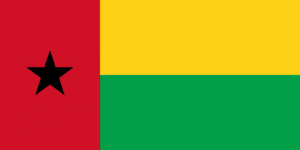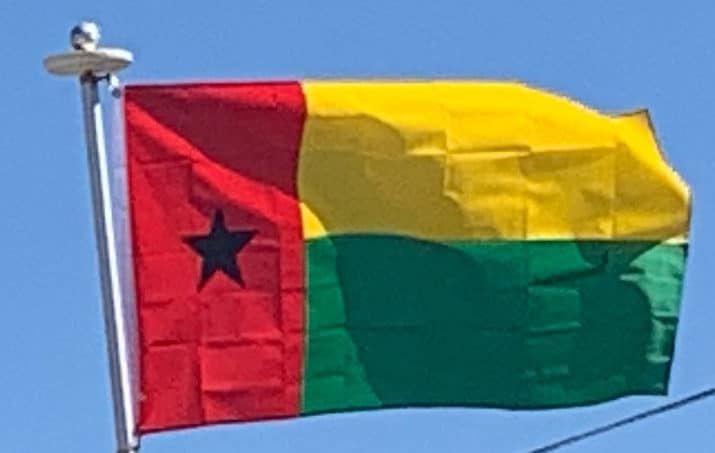Guinea-Bissau has started to show some economic advances after a pact of stability was signed by the main political parties of the country, leading to an IMF-backed structural reform program. The key challenges for the country in the period ahead are to achieve fiscal discipline, rebuild public administration, improve the economic climate for private investment, and promote economic diversification. After the country became independent from Portugal in 1974 due to the Portuguese Colonial War and the Carnation Revolution, the rapid exodus of the Portuguese civilian, military, and political authorities resulted in considerable damage to the country’s economic infrastructure, social order, and standard of living.
After several years of economic downturn and political instability, in 1997, Guinea-Bissau entered the CFA franc monetary system, bringing about some internal monetary stability. The civil war that took place in 1998 and 1999, and a military coup in September 2003 again disrupted economic activity, leaving a substantial part of the economic and social infrastructure in ruins and intensifying the already widespread poverty. Following the parliamentary elections in March 2004 and presidential elections in July 2005, the country is trying to recover from the long period of instability, despite a still-fragile political situation.
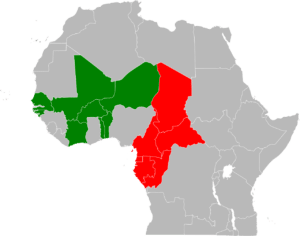
Beginning around 2005, drug traffickers based in Latin America began to use Guinea-Bissau, along with several neighboring West African nations, as a transshipment point to Europe for cocaine. The nation was described by a United Nations official as being at risk for becoming a “narco-state“. The government and the military have done little to stop drug trafficking, which increased after the 2012 coup d’état. The government of Guinea-Bissau continues to be ravaged by illegal drug distribution, according to The Week magazine.
Transportation:
Transport infrastructure in Guinea-Bissau is basic, with most roads outside the capital Bissau being unpaved (453 km paved and 3,947 unpaved). The Trans–West African Coastal Highway crosses Guinea-Bissau, connecting it to Banjul (the Gambia), Conakry (Guinea), and eventually to 11 other nations of the Economic Community of West African States (ECOWAS).
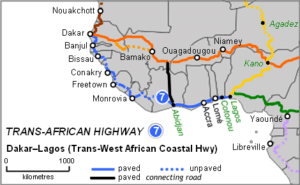
There are no railways in Guinea-Bissau. In 1998 an agreement was signed between Portugal and Guinea-Bissau for construction of a railway to Guinea, but the outbreak of the Guinea-Bissau Civil War in 1998 made these plans impossible.
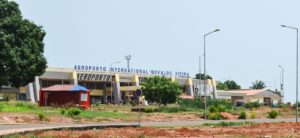
The main airport serving the country, and the only one with scheduled commercial service, is Osvaldo Vieira International Airport in Bissau.
Flag of Guinea-Bissau:
The national flag of Guinea-Bissau was adopted in 1973 when independence from Portugal was proclaimed.
Like the former flag of Cape Verde, the flag is based on that of the African Party for the Independence of Guinea and Cape Verde (PAIGC). It is still the dominant party in Guinea-Bissau. The PAIGC party flag was derived from that of Ghana, which was the first design to use the Pan-African combination of red, yellow, green, and black in 1957.
